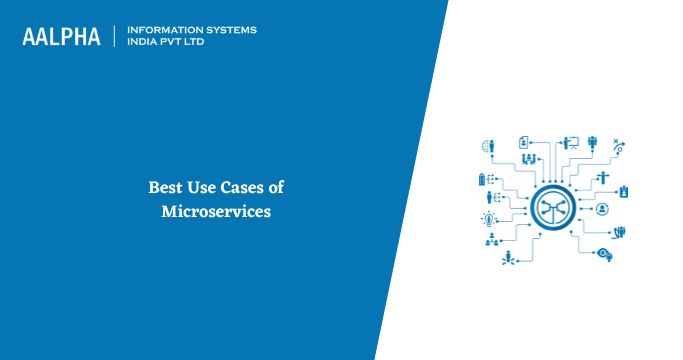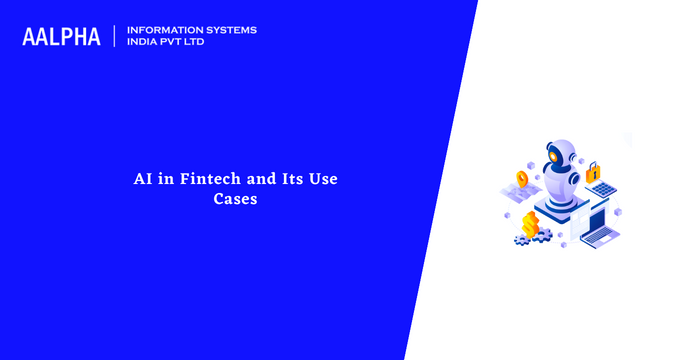Approximately 63% of businesses have adopted microservices architecture today. It has been widely adopted due to the modular approach (rather than monolithic) to software development, which enables the rapid, reliable, and frequent delivery of large and complex applications.
Organizations can now deploy separate teams to work independently on various services to create an application that functions as a collection of services. Applications can now utilize an advanced technology stack to create a highly maintainable, testable, and scalable application structured around business capabilities.
Here, we will examine some real-world use cases of microservices and related case studies (where available) to provide a deeper understanding.
Refactoring and Modernizing Legacy Applications
Businesses must do legacy app modernization using best practices to be future-ready and adaptable to rapidly advancing technologies. To build a robust and contemporary IT infrastructure, refactor it with microservices that enable the deployment of full-stack development technologies.
Here is an intriguing case study on application modernization. We assisted one of the leading financial services companies in the United States in migrating their monolithic application to microservices. With horizontal scalability, application performance has increased fourfold.
Big Data Applications
In many situations, event-driven architecture (EDA) and microservices are a natural match for the complex systems and cloud settings in which they are used. Because of its design, which is loosely connected, it can give scalability and extensibility to the necessary application.
Amazon reduced its pipeline, identified issue areas, and rebuilt a solid application framework while offering a robust open-source solution to manage massive data processing in its own application deployment. All global functions were provided effectively by the architecture of service-oriented microservices.
The increasing traffic volume was daunting for eBay, but the platform’s technologies were having a more challenging time keeping up with the nuances of the expansion. eBay partitioned its application, database, and search engines using the microservices architecture to handle the 75 billion database queries that are processed daily. Since the technology was first introduced, the firm’s website has undergone consistent and timely improvements. Moreover, which have helped keep the site stable and accelerated its time to market.
Real-time Data Processing
Asynchronous communication is enabled via the publish-subscribe messaging pattern, which is utilized in the design of microservices. This makes it possible to process and analyze data in real-time, which enables streaming systems to give intelligent outputs.
An over-the-top entertainment platform and production company like Netflix need more than 500 different microservices and application programming interfaces to give its customers a polished product. In addition, it was an early adopter, making it an interesting case study demonstrating the many benefits microservices provide.
Organizations that gather vast amounts of unstructured data, such as social media networks like Twitter, need to be scalable and flexible to be successful. The identification of obstacles and the speeding up of deployments are made more accessible by microservices. Twitter transitioned from a conventional web application to a microservices architecture using Scala and Java programming languages.
Multiple-Group Advancements
The software development industry is increasing to meet more frequent release deadlines, and one way this is happening is via many developers working on the same component of a feature inside an application.
Microservices architectures enable applications to be partitioned into discrete services that may be managed and linked by various groups. This helps lower the risk of a code failure on the “merge day” when two different code bases are combined.
The Development and Operations Model
The combination of DevOps and microservices produces outstanding results. The adoption of a standard set of tools that can be used for both development and operations is one of how the usage of microservices may increase the efficiency of the DevOps team. This provides a standardized language and process for discussing the project’s needs and the task dependencies and challenges. Now, the Operations team and Developers members may work together to adjust a build configuration or build a script successfully.
Coca-Cola made the decision quite early on to make use of microservices. This framework consists of a single application that users may use to solve any issues associated with their speed or agility. In addition, they built the Anytime Platform, a collection of modules that can be reused and made accessible to any of the group’s business organizations.
The use of microservices in developing apps that are intended to be used across several channels, such as notification and login services, travel and hospitality booking services (like Airbnb), and similar applications, is recommended.
Conclusion
These compelling use cases for microservices architecture make it an indispensable component of your company’s technology. There might be many causes, but the outcomes will always be the same: efficiency, growth, innovation, and progress.
We collaborate with enterprises to discover the optimal use case for microservices and accelerate the achievement of the Next. If your business is contemplating deploying microservices, let’s talk about how we can assist you.
To know more consider connecting with microservices development company Aalpha!




Share This Article:
Written by:
Muzammil K
Muzammil K is the Marketing Manager at Aalpha Information Systems, where he leads marketing efforts to drive business growth. With a passion for marketing strategy and a commitment to results, he's dedicated to helping the company succeed in the ever-changing digital landscape.
Muzammil K is the Marketing Manager at Aalpha Information Systems, where he leads marketing efforts to drive business growth. With a passion for marketing strategy and a commitment to results, he's dedicated to helping the company succeed in the ever-changing digital landscape.